The Thriving Thirties: Cecil Beaton's Photography
Beaton’s photography gives us a glimpse into the lustrous day and evening styles of the 30s, while traversing some of the social changes that came with the period and later decades.
Although the 1930s was a period of severe economic downfall following the Wall Street Crash of 1929, the era was also a time of iconic fashion. Women wore lengthened hems, butterfly and banjo sleeves, geometric patterns, small and shallow hats, and dresses that emphasized the top half of the torso. Clean and simple lines were preferred, which reflected the austerity of the poor economy.
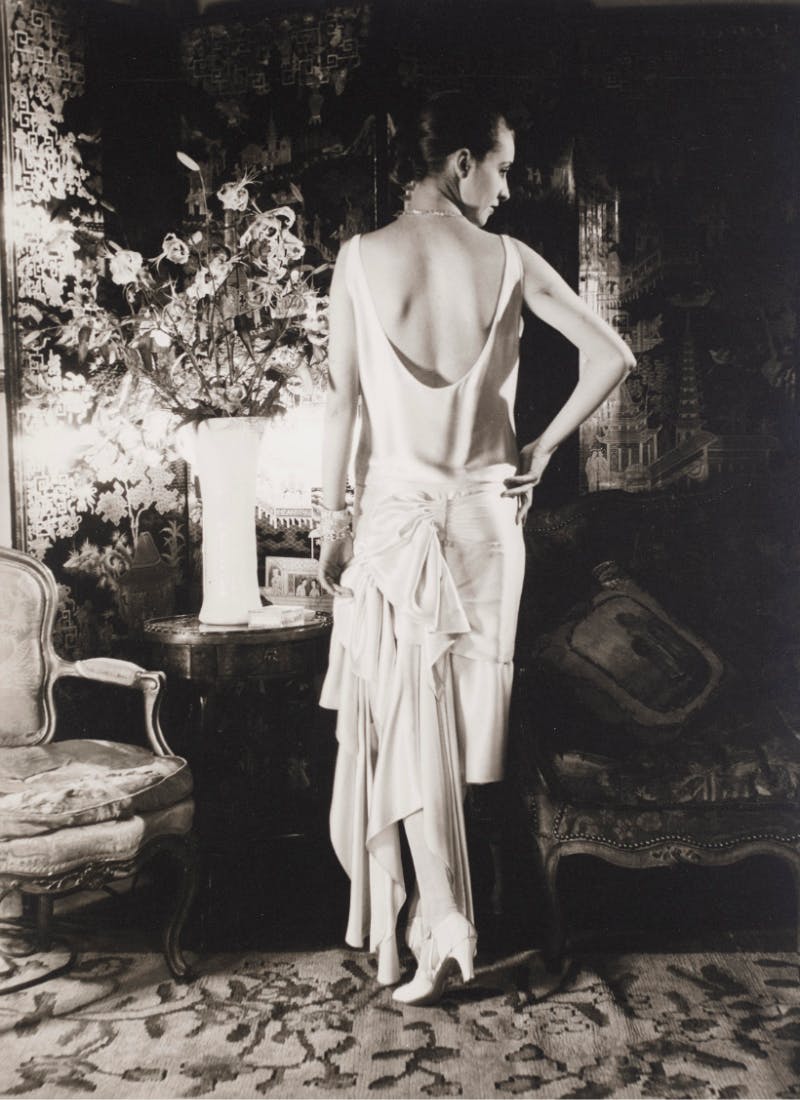
The photography that immortalized this fashion era and its champions introduced new techniques and revolutionary principles. Heavily influenced by the 1920s Surrealist Art movement, the photography of the period was unexpectedly quirky, giving visual expression to the unconscious mind. Juxtaposition was used to challenge viewers’ perceptions of reality and truth, and lighting was employed to provide stark outlines and emphasize shape.
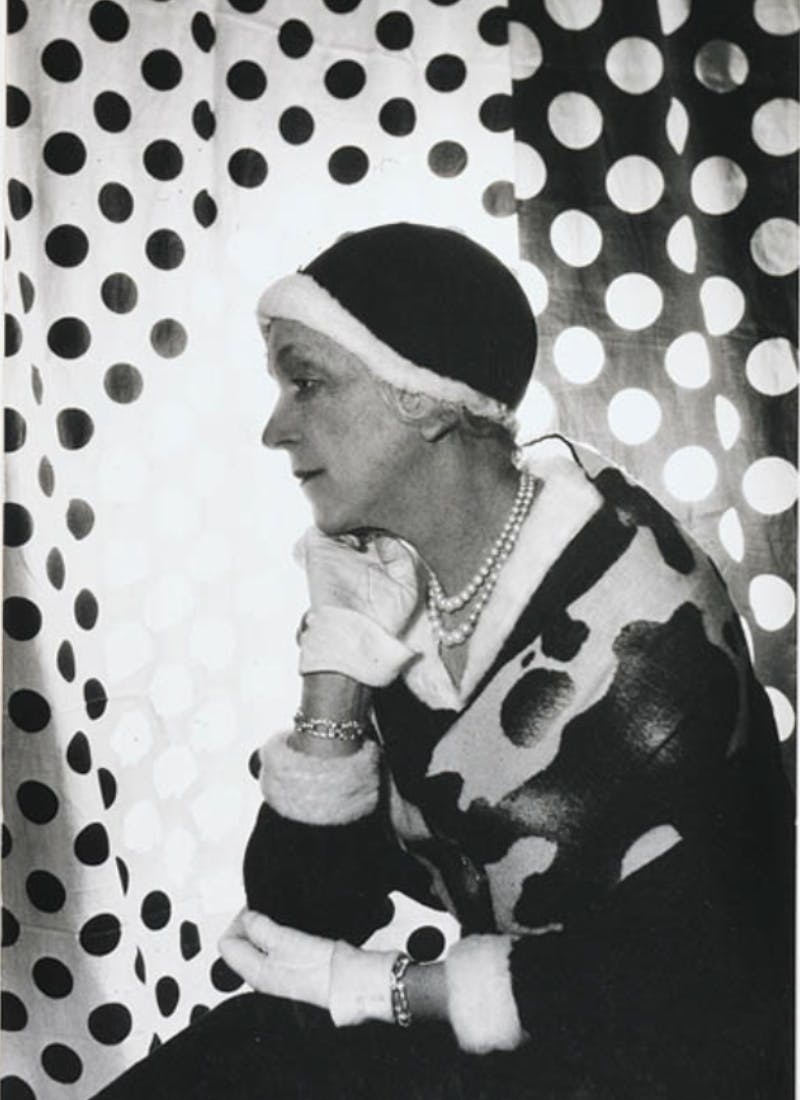
Related: Philippe Halsman: Photographer to the Stars
The silver screen’s leading ladies were among the most popular subjects of these photographs. Glamorous, beautiful, and ever-sensual, these women perfectly typified the chic fashion of the era.
One of the most influential portrait photographers to chronicle and capture these stars is Sir Cecil Walter Hardy Beaton CBE (1904-1980). Though Beaton later focused a critical eye on World War II, his work from the 30s presents some of his most influential and recognizable portraits, from Salvador Dalí to Elsa Schiaparelli, Marlene Dietrich, Katharine Hepburn, Mary Taylor and many more.
Related: Marlene Dietrich: The Queen of Androgyny
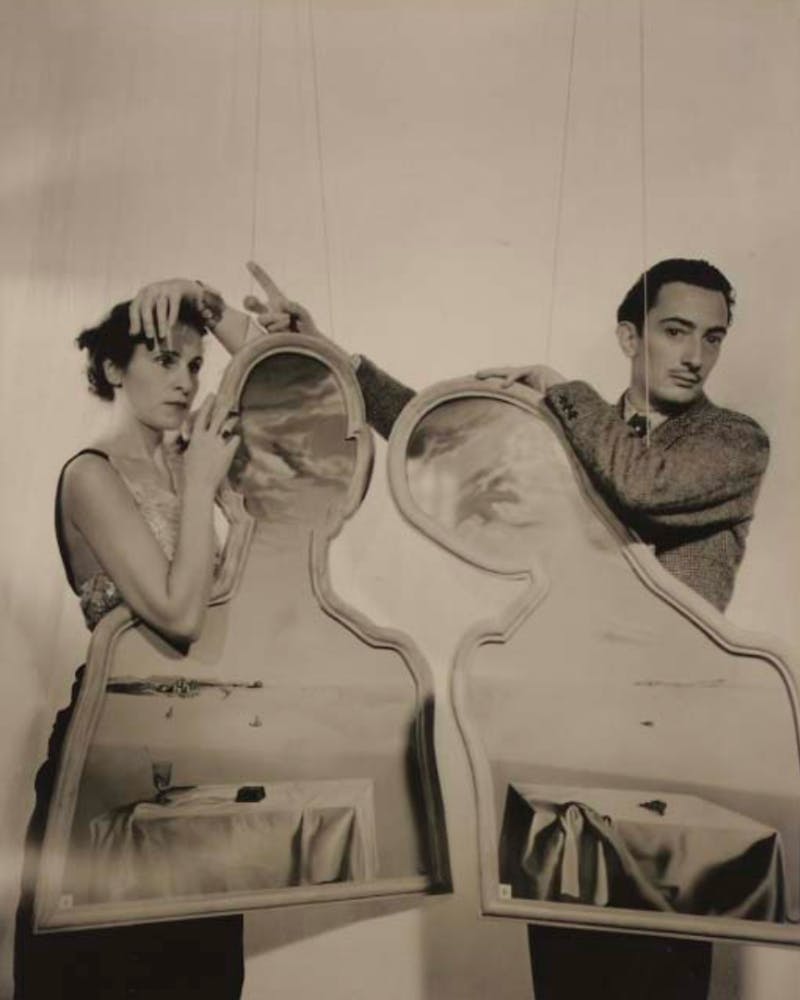
Related: Salvador Dalí: Art Crazy
Beaton is often celebrated as one of Britain’s most influential photographers of the 20th century. Not only did he contribute to important publications such as Vogue, Harper’s Bazaar, Life, The Sketch and Tatler, capturing the most notable names in fashion and film, but he was also a painter, interior designer and an Oscar-winning stage and costume designer for film and theater. A man well-known and admired in the arts, Beaton’s formidable career spanned 50 years.

Want more articles like this delivered straight to your inbox? Subscribe to our free newsletter
In his youth, Beaton became part of the scene known as the ‘Bright Young Things’ – a group of wealthy, bohemian-minded London socialites. Then, having risen through London society, in 1929 he departed for New York at the age of 25. There he continued photographing, creating portraits of the famous and the cultured. Together with his contemporaries such as Horst P. Horst, who at the time worked for French Vogue, Beaton’s photography crafted what we now know to be the 1930s sophisticated style.

In the late ‘30s, Beaton also developed a relationship with the British Royal Family, whom he often photographed for their official portraits. Queen Elizabeth, The Queen Mother often sat for him, and he famously photographed Edward VIII’s wedding to Wallis Simpson in 1937.
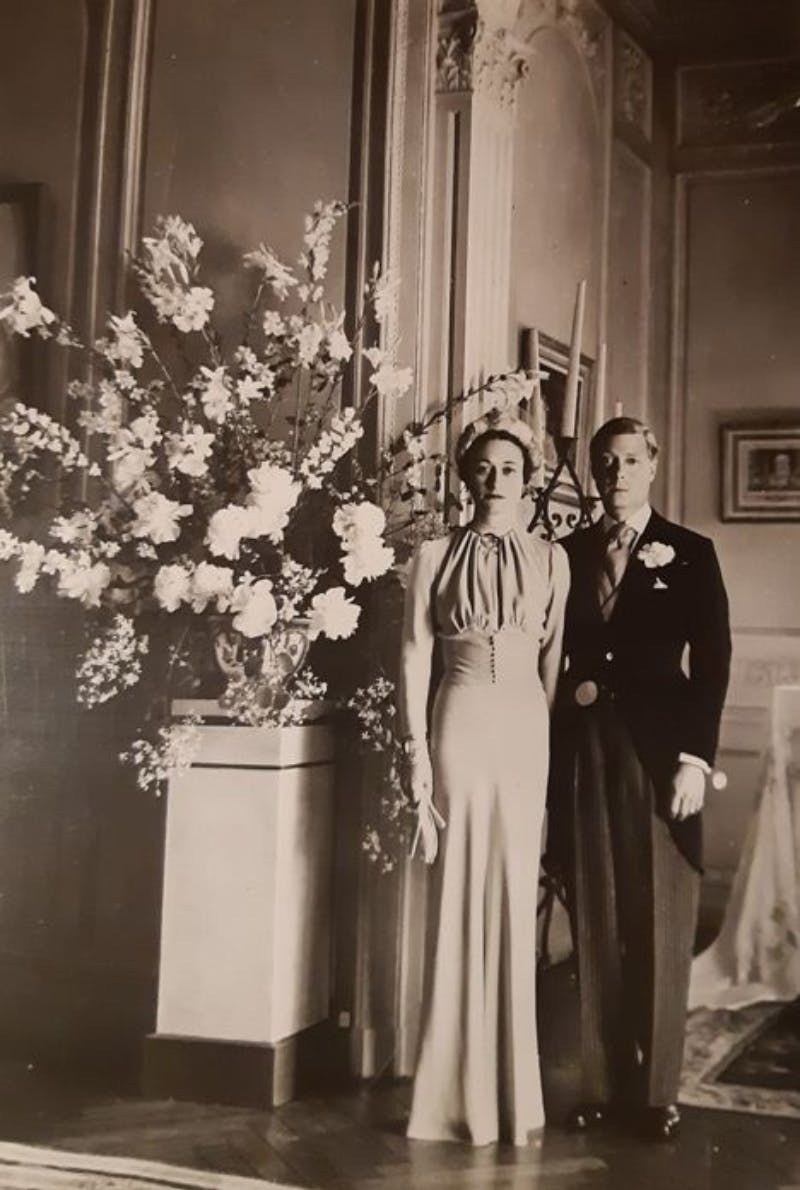
However, this period of leisure did not last long. In 1938 he returned to England and became part of the Ministry of Information, recommended by the Queen. As the Second World War broke out, he became a leading war photographer, having been asked by the Ministry of War to go through London photographing the effects of the Blitz, which took place in 1940 and 1941. It is during this time that he took the famous picture of Eileen Dunne, a 3-year-old girl recovering in hospital after falling victim to one of the bombing raids by the Nazis.
Related: Robert Capa: Photographs From the Front
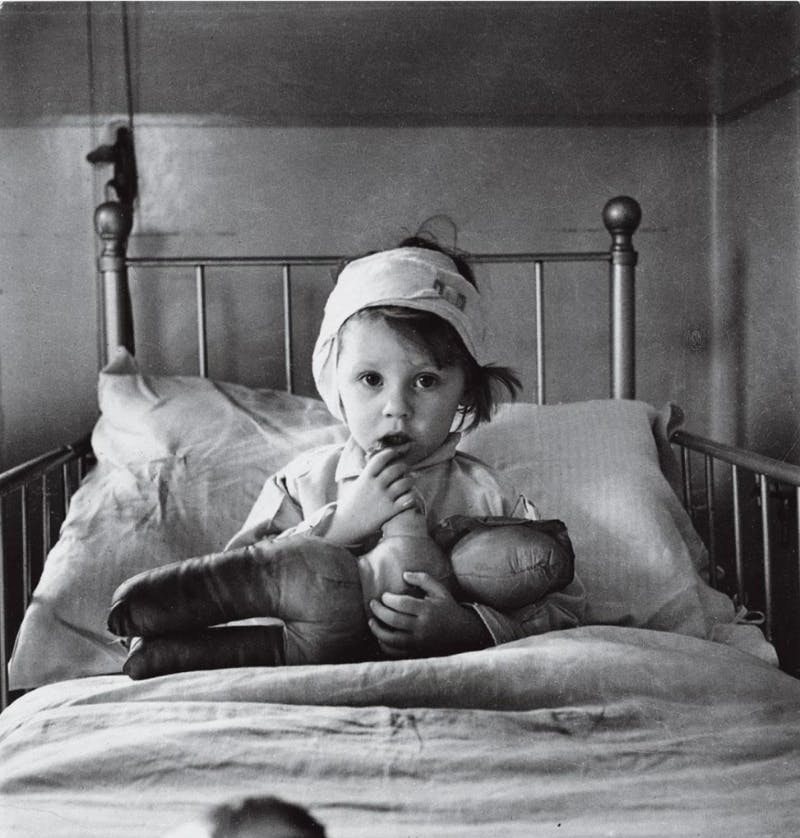
As Europe started recovering from the effects of the war in the late '40s, he returned to his usual subjects: the fashionable women of the times, balls organized by aristocrats, designers and artists. In 1951, he famously photographed Princess Margaret for her 21st birthday, wearing a cream Dior dress, in what became one of the most known royal portraits of the 20th century.

After the war, Beaton also entered into the world of film, earning Oscars for Gigi (1958) (Best Costume Design) and My Fair Lady (1956) (Best Costume Design and Best Art Direction-Set Direction). Later in his career, he often photographed the stars of Hollywood, including Marilyn Monroe and Audrey Hepburn.
Related: Marilyn Monroe and the Camera: A Love Story

Related: Surreal Glamour: The Photography of Angus McBean
He continued working throughout the '60s and early '70s, photographing famous figures such as Coco Chanel, Andy Warhol, and Mick Jagger, but in 1974 he suffered a stroke that left him paralyzed on the right side of his body. Unable to work at the same pace as he had before – and worried about his income – he negotiated the sale of his archive with Sotheby’s photography expert Philippe Garner, which included five decades of prints featured in Vogue. The first auction was held in 1977, and the last in 1980. On the January 18 of the same year, he died at the age of 76.
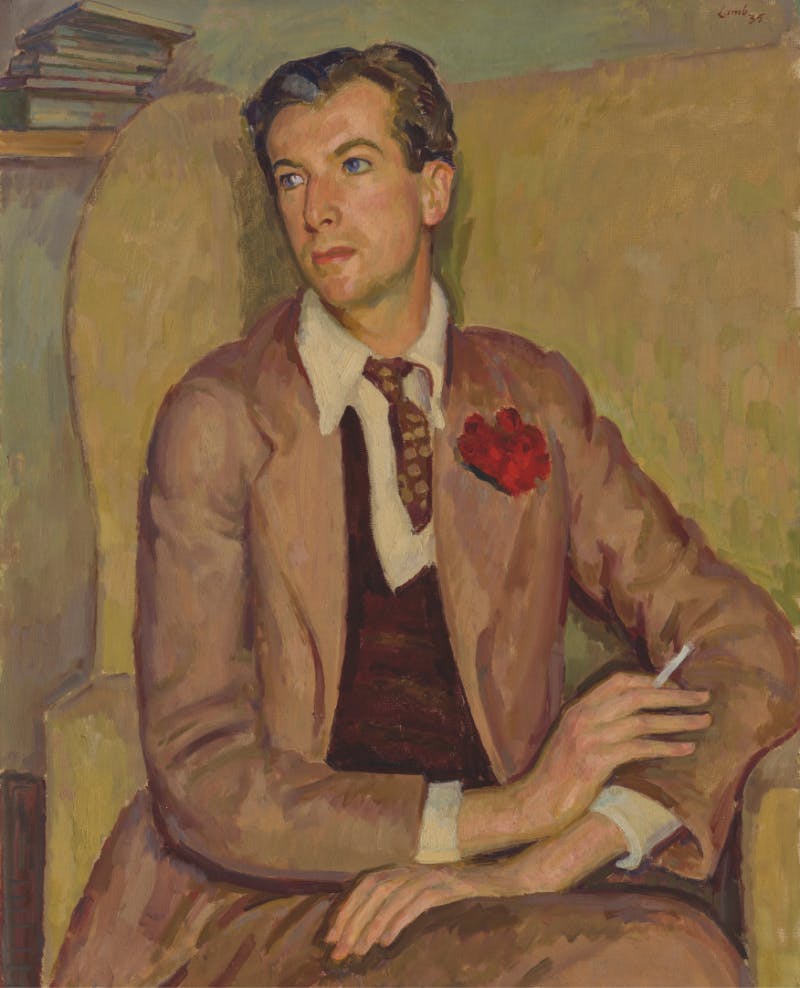
Major retrospective exhibitions have been held after his death, from the National Portrait Gallery to The Fashion and Textile Museum, as well as the more recent exhibition held in 2018 at his home in Ashcombe, Surrey, curated in association with the Cecil Beaton Studio Archive at Sotheby’s, which featured the best of his 1930s fashion photography.


